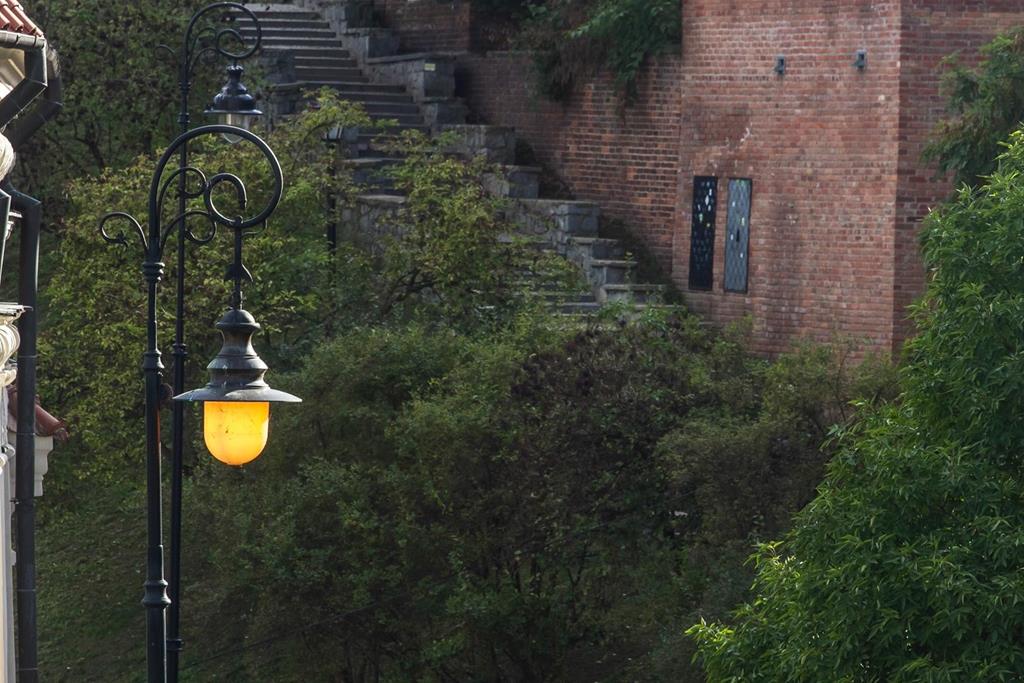
The Lamp of Memory
A street lamp that never goes out in tribute to the former Jewish inhabitants of Lublin and the victims of the Holocaust.
Podwale St.
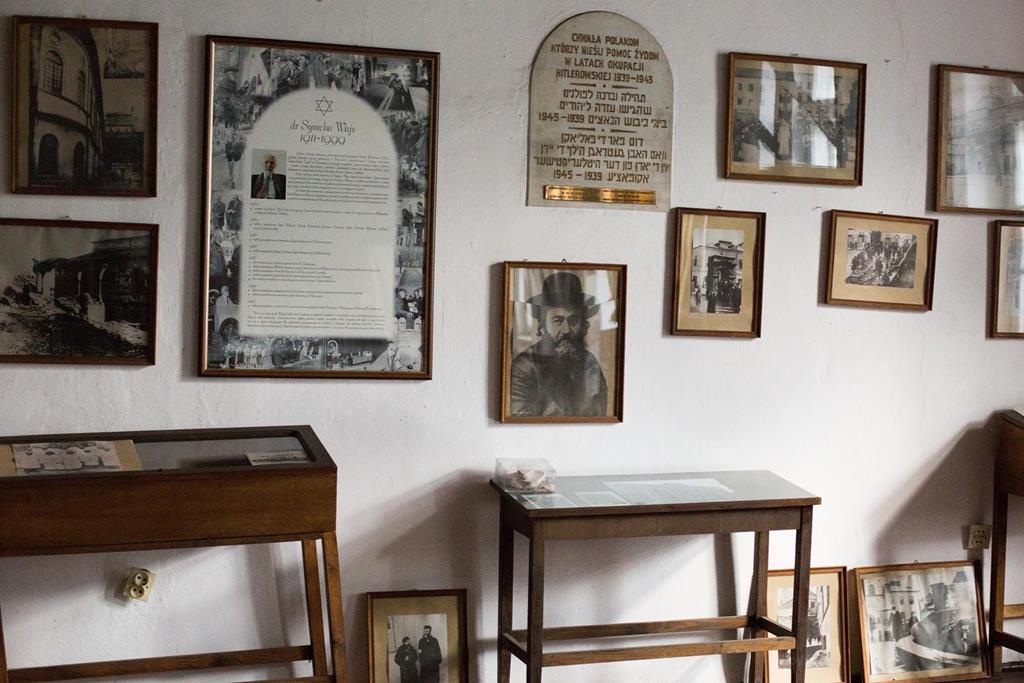
Chewra Nossim
One of two preserved pre-war synagogues, located in a 19th-century tenement house. The Lublin Jews Memorial Hall was established here in 1987, at the initiative of Symcha Wajs.
10 Lubartowska St.

Former ghetto boundaries
Concrete pavement signs located where the boundaries of the Jewish ghetto ran in the Jewish Quarter and in the Old Town.
the Old Town
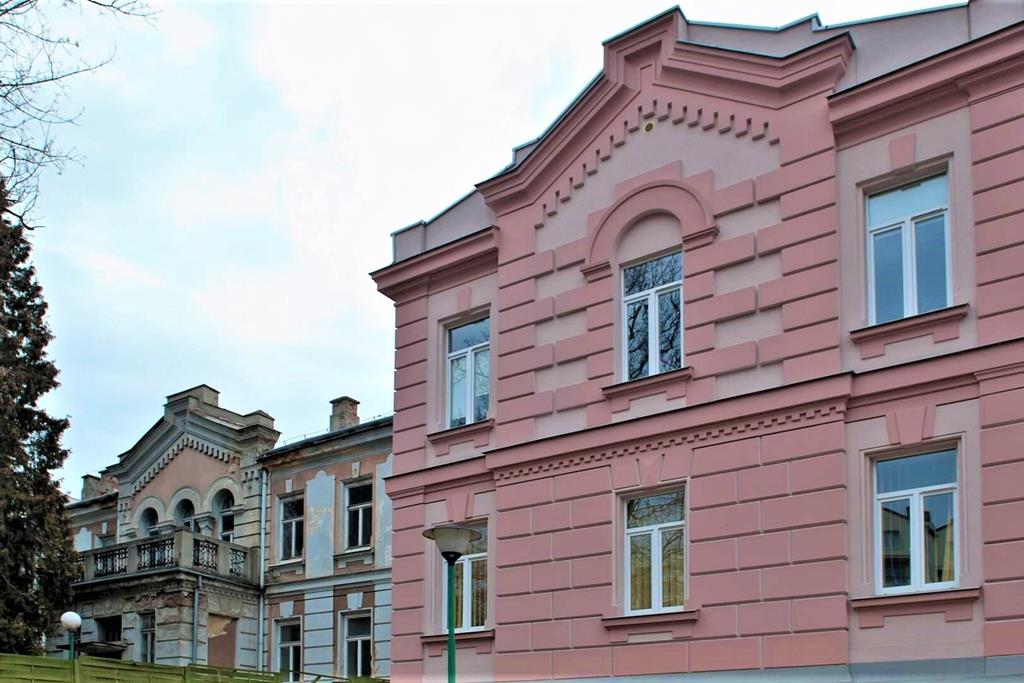
Former Jewish hospital
The hospital was established in 1886 with funds from the Jewish Community. Outstanding Jewish doctors treated patients here. Today, a plaque commemorating its past is embedded in the hospital wall.
83 Lubartowska St.
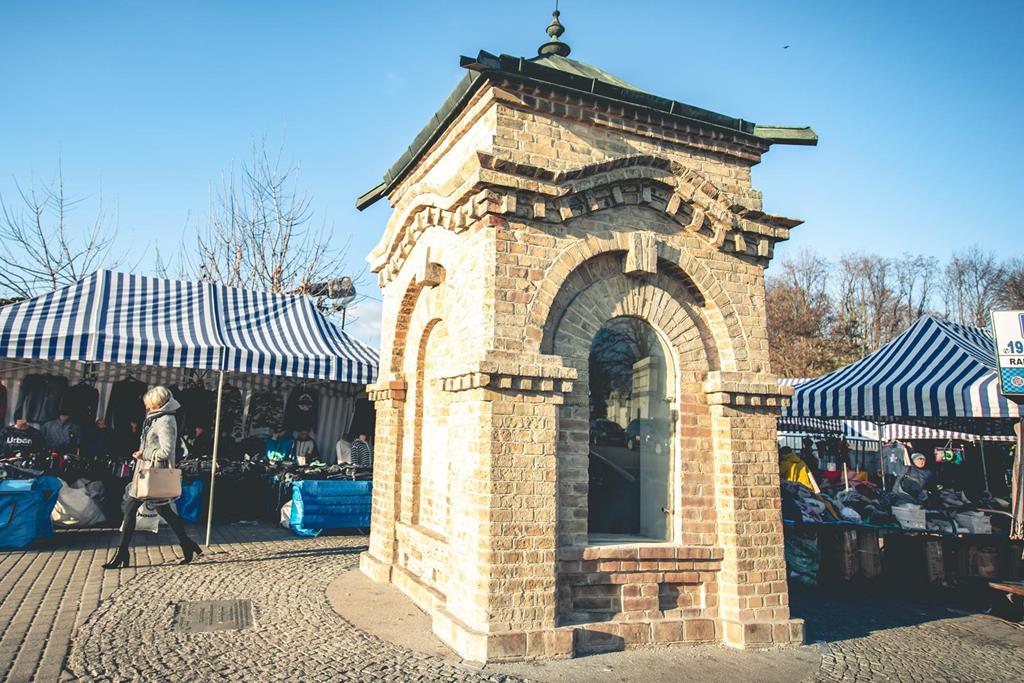
A well in former central bus station
A former well located on the non-existent Szeroka Street, in the heart of the Jewish Quarter. Until the end of World War II, it served as a well supplying water to inhabitants of that part of Lublin.
Tysiaclecia Av. (on the former bus station square)
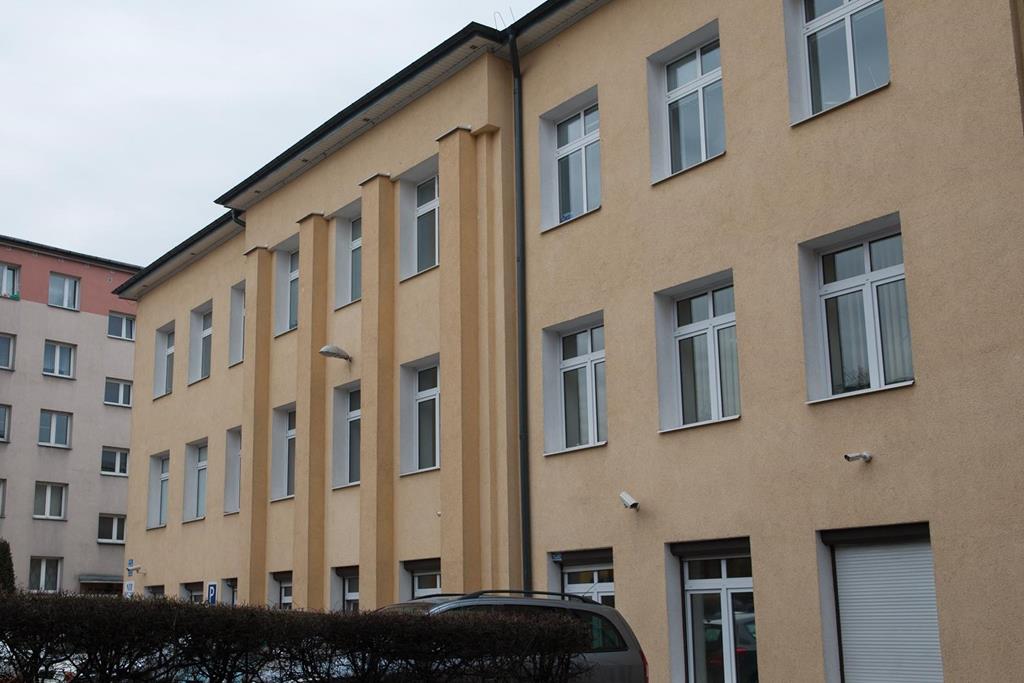
Former I.L. Perec Community Centre
The former Jewish Cultural Centre named after I.L. Peretz. It was intended to house a school, library, theatre, and cinema. The facility was to open on September 1, 1939. During World War II, it served as a hospital, and after 1949, it was transferred to the Medical Academy.
18 Szkolna St.
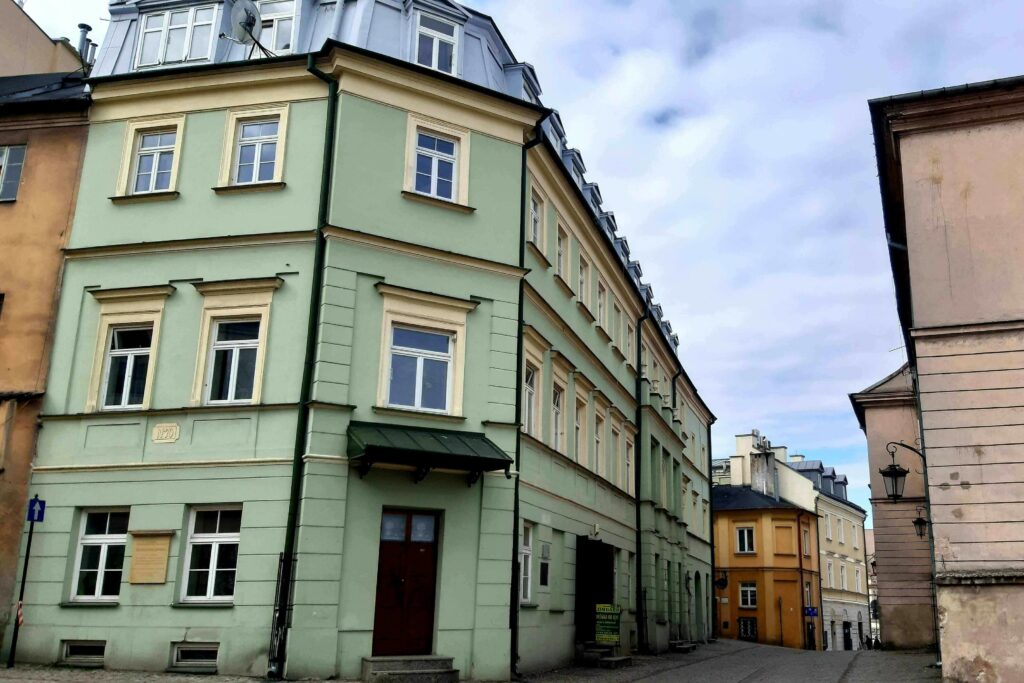
Former site of the Central Committee of Polish Jews
From August 1944, the building housed the Central Committee of Jews in Poland, whose mission was to reactivate Jewish life in post-war Poland by running a Jewish school and collecting survivors' accounts.
3 Noworybna St.

Former Jewish Ophranage
The orphanage's activity focused on providing accommodations and food for its residents. On March 24, 1942, German police deported the children and three caregivers to the Tatary district and shot them all. After the war, the bodies were exhumed and buried. The remains were buried in the new Jewish cemetery on Walecznych Street.
11 Grodzka St.
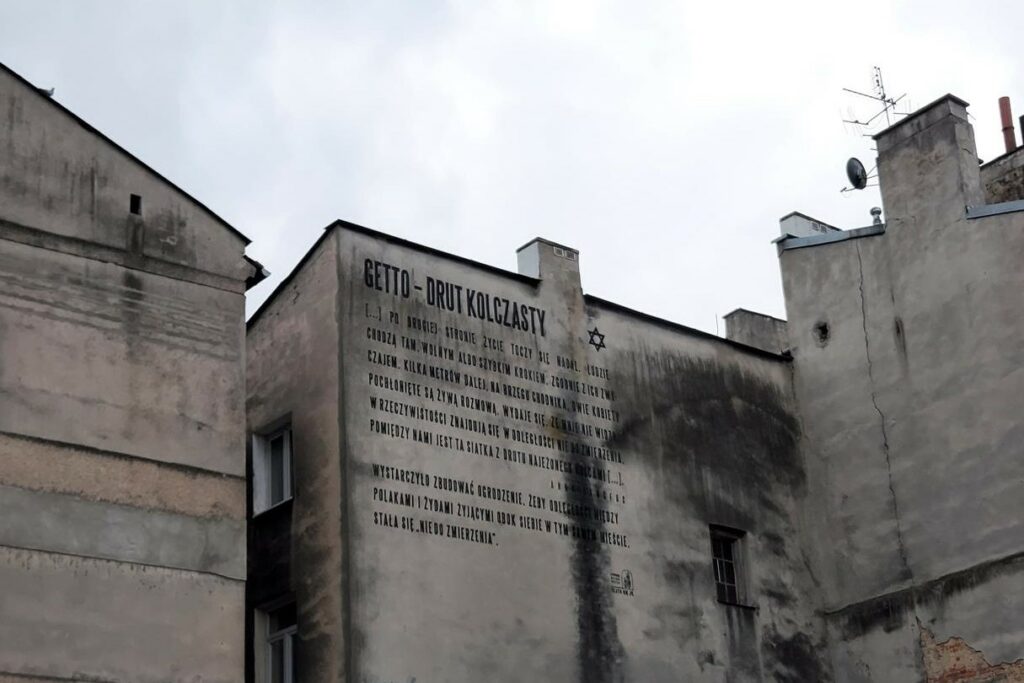
Mural "Ghetto - barbed wire"
The mural features a quote from a novel by Anna Langfus, a Lublin Jewish survivor of the Holocaust. These words described her feelings following the establishment of the Lublin ghetto, which was separated from the city by barbed wire.
49 Lubartowska St.
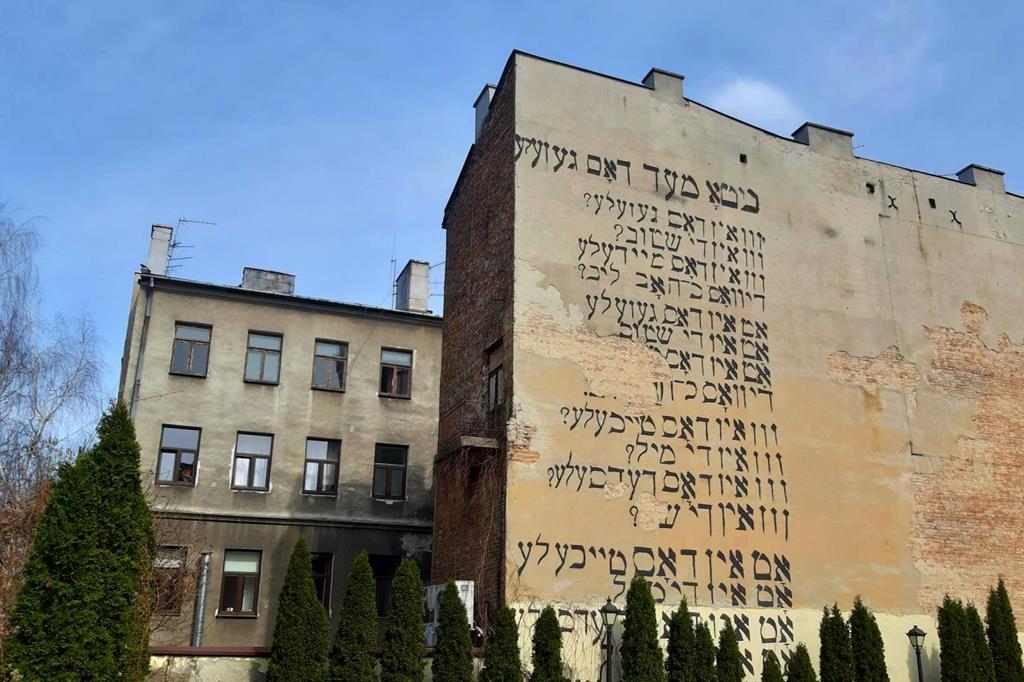
Mural in Yddish
The mural features a Yiddish transcription of the lyrics of the Polish song "Where is this street? Where is this house?" It was created as part of the "Open City" Festival. The mural, created by Mariusz Tarkawian, is intended to serve as a reminder of Lublin's multiculturalism and its Jewish inhabitants.
1A Jasna St.
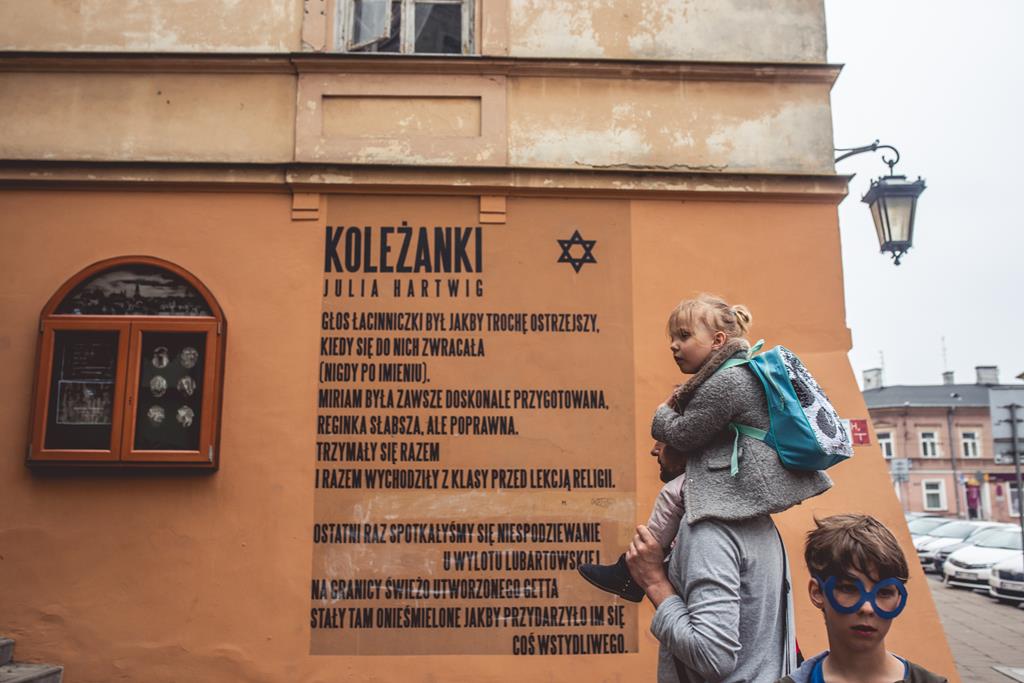
Mural "Friends"
The mural presents a poem by the distinguished Lublin poet Julia Hartwig, "Friends." It's a deeply moving story about the author's peers, who had to face the reality of life in the ghetto.
3 Kowalska
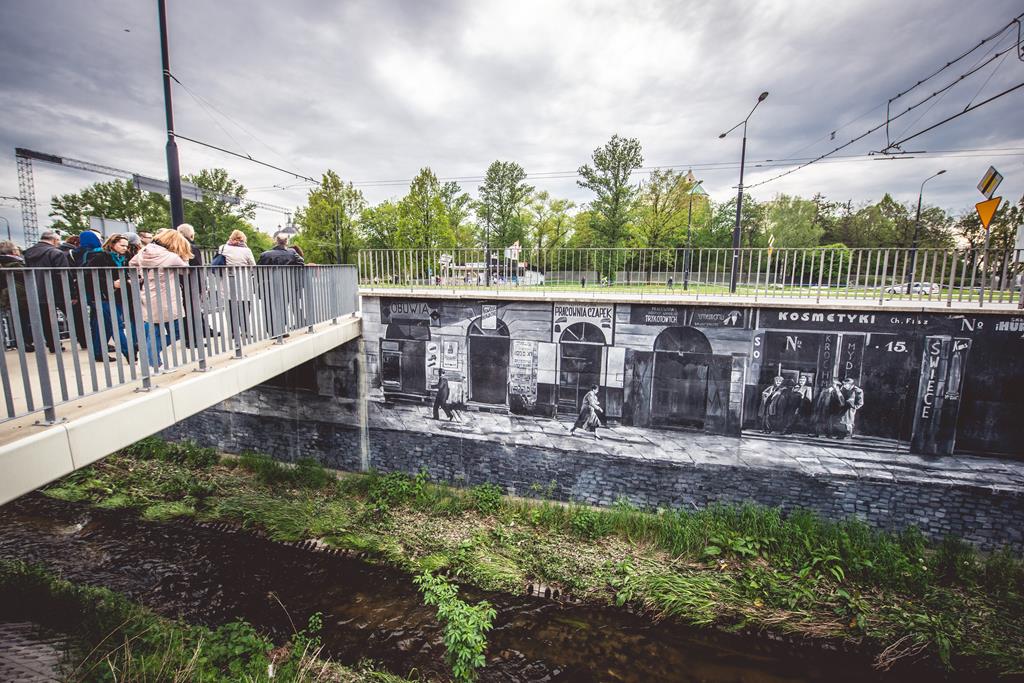
Mural "Jewish district"
A mural presents everyday life in the Jewish quarter that stretched around the castle. The main street was Szeroka Street, which ran through almost the entire district. The mural depicts street traffic, shops, and small service businesses.
2 Unii Lubelskiej Av.
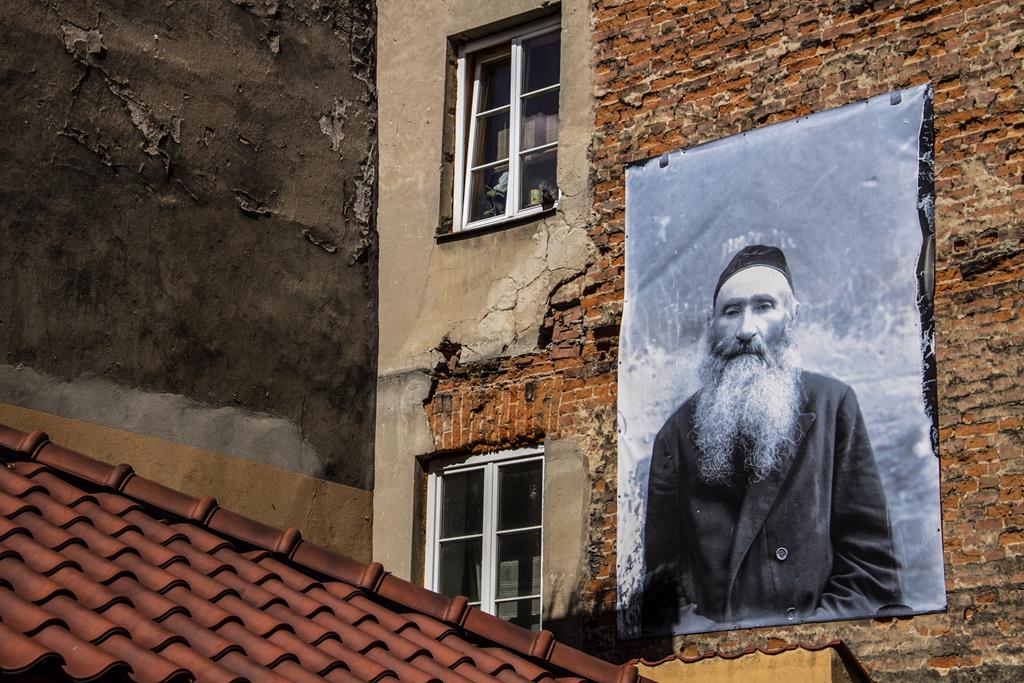
House of the Seer of Lublin
A plaque on the building commemorates Yakov Yitzhak Horowitz, the Seer of Lublin. He was a seer, tzaddik, and one of the spiritual leaders of the Hasidic movement. The Seer of Lublin established a manor house and opened a synagogue in the tenement house at 28 Szeroka St.
10 Zamkowy Sq.
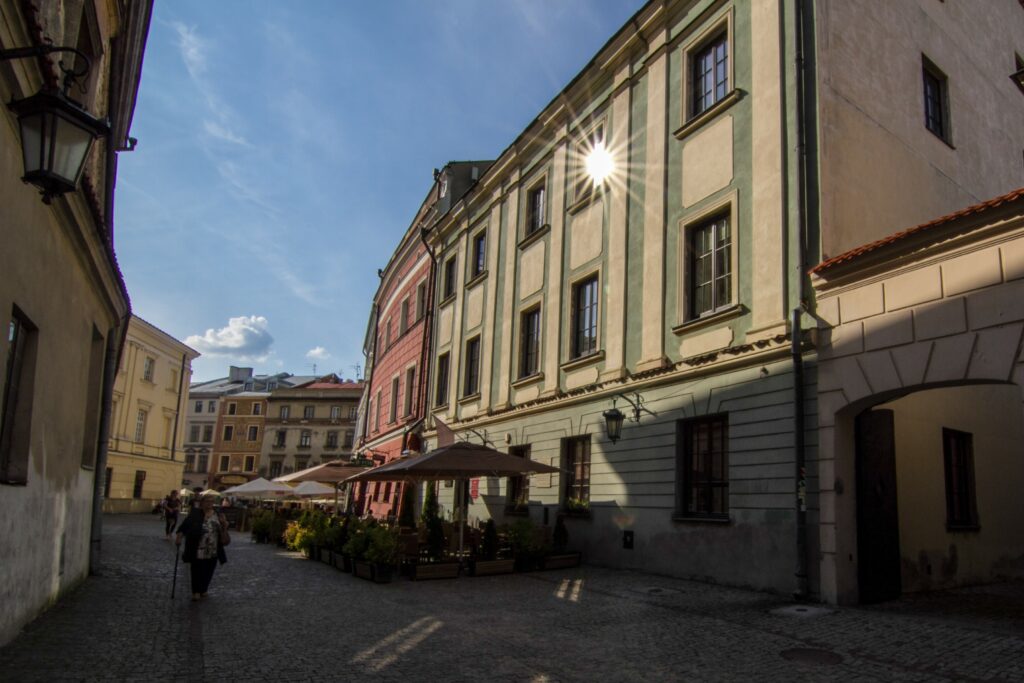
House of Franciszka Arnsztajnowa
Franciszka Arnsztajnowa was a prominent Lublin poet of the Young Poland period. Together with Józef Czechowicz, she published a volume of poetry devoted to Lublin, "Stare kamienie." She filled a role of a president of the Lublin Writers' Association, influencing the development of local culture.
2 Złota St.
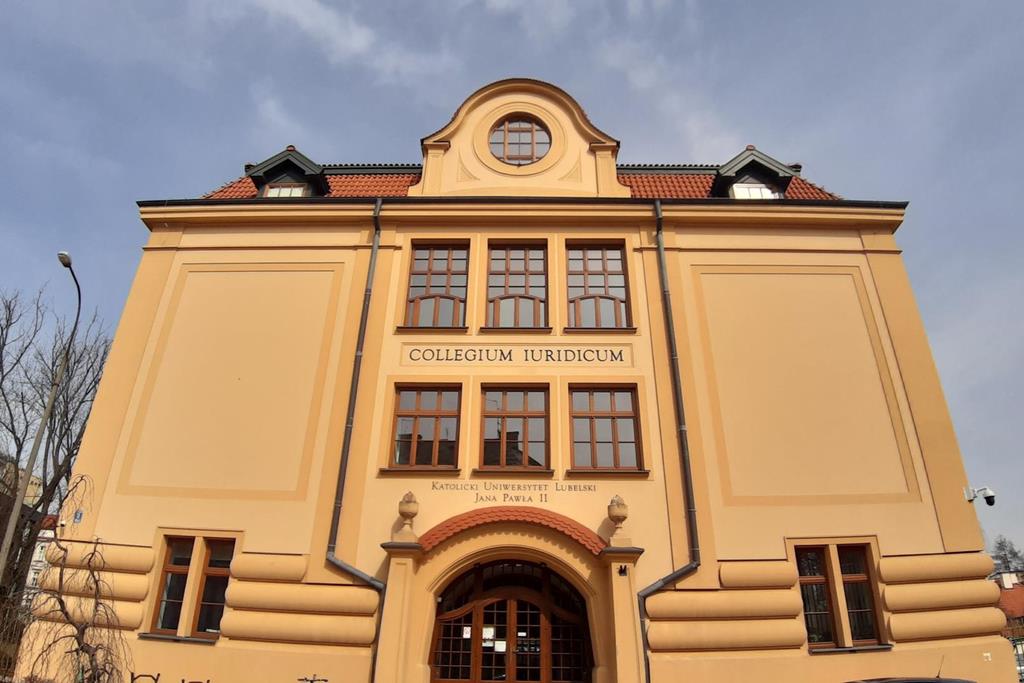
Former site of the Operation "Reinhardt"
During 1941-1942 it was the headquarters of Operation "Reinhardt", the mass extermination of Jews, leadered by Hermann Höfle. Nowadays, the building houses the Collegium Iuridicum of the Catholic University of Lublin.
1 Spokojna St.
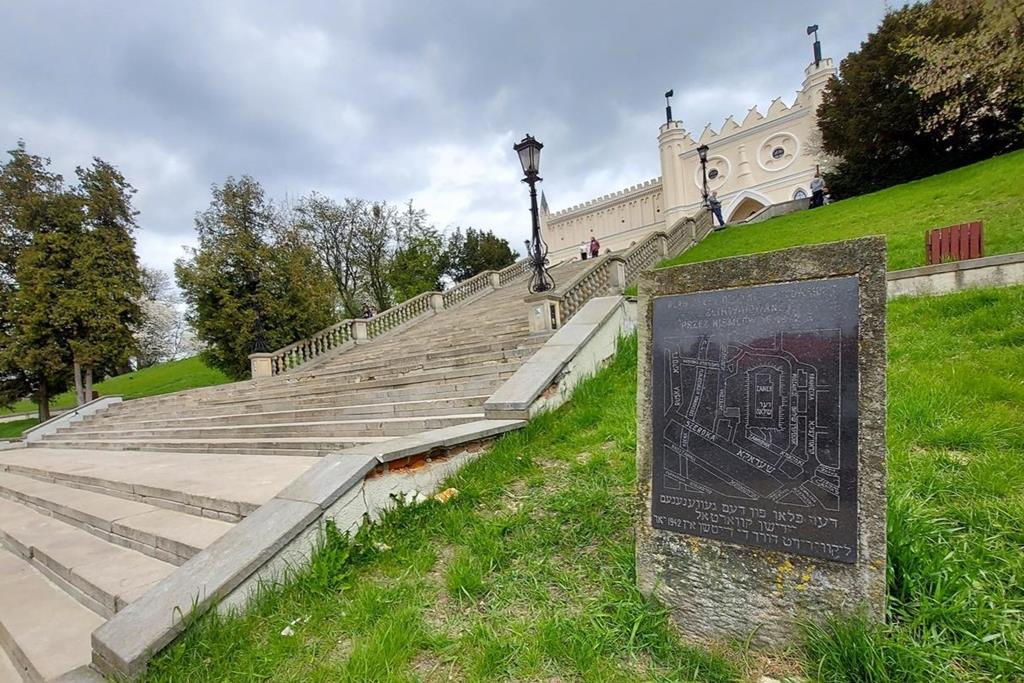
The plaque of Jewish district
The plaque shows the most important streets of the pre-war Jewish district, which sprawled across Podzamcze.
Zamkowy Sq.
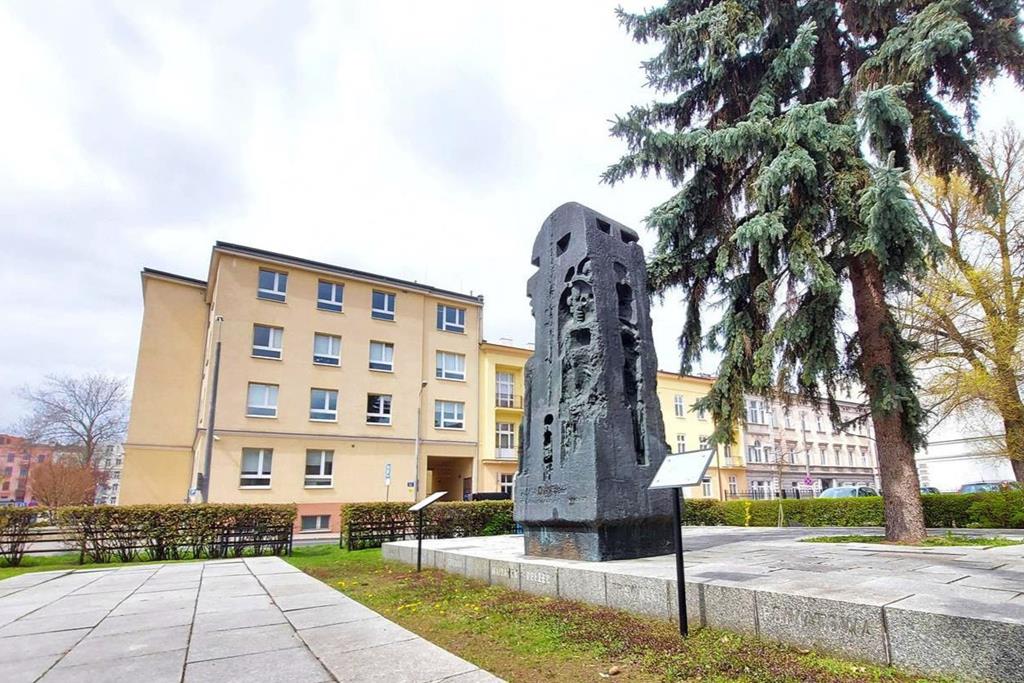
Ghetto Victims' Monument
The monument was presented in 1963, on the 20th anniversary of the liquidation of the Lublin Ghetto. It was created at the initiative of Lublin Jews to commemorate the community from across the region. It features a fragment of a poem by poet Icchak Kacenelson: "In every handful of ash I seek my loved ones."
Radziwiłłowska St. / Niecała St.
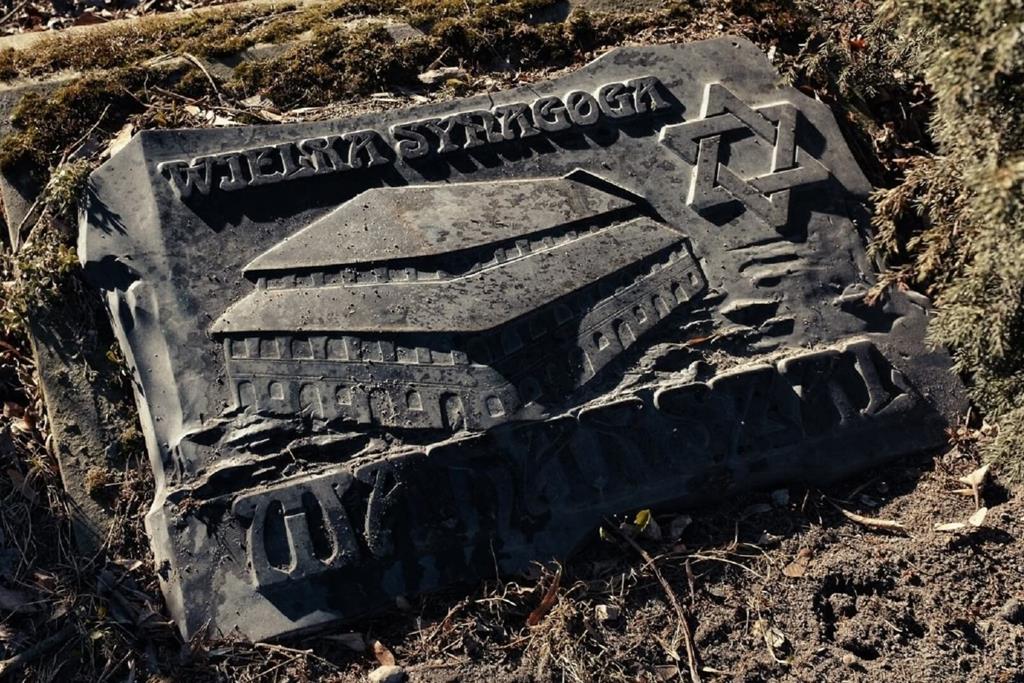
The plaque of Maharshal's Synagogue
The plaque commemorates the non-existent Great Maharshal's Synagogue located here, built around 1567. Its patron was Solomon Luria, a prominent rabbi and rector of the local yeshiva. The synagogue was demolished along with the entire Jewish quarter.
Tysiąclecia Av. (by northern wall of Lublin Castle)
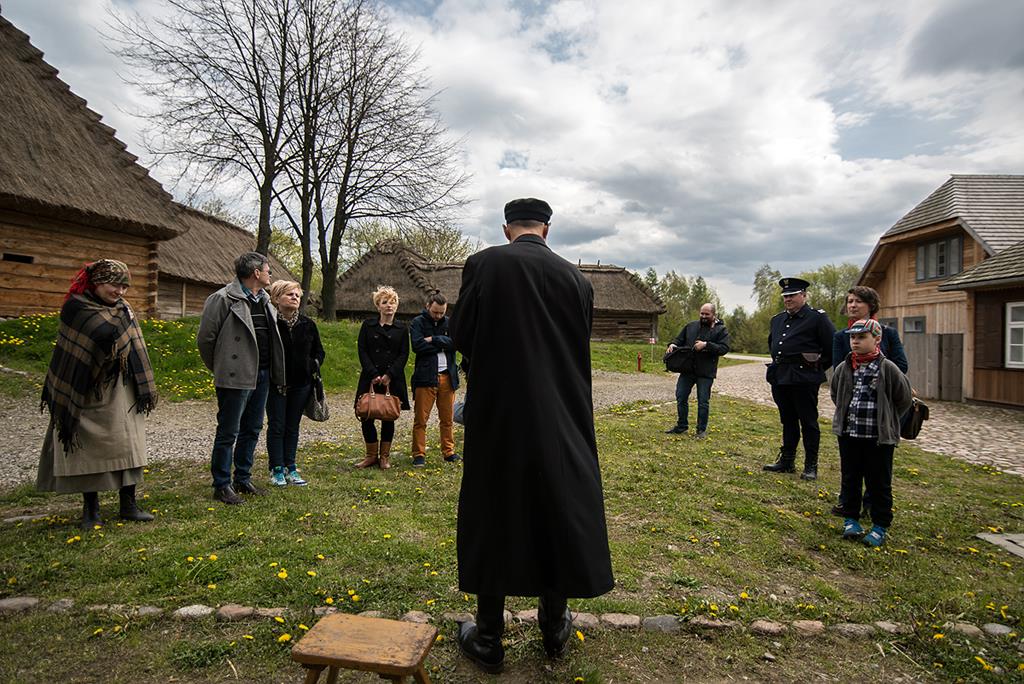
Judaica in the Lublin Open-Air Village Museum
The exhibition "Judaica" from the collection of the Lublin Open-Air Village Museum includes 56 objects – both museum exhibits and archives. These objects tell the story of the Jewish community in various ways.
96 Warszawskie Av.
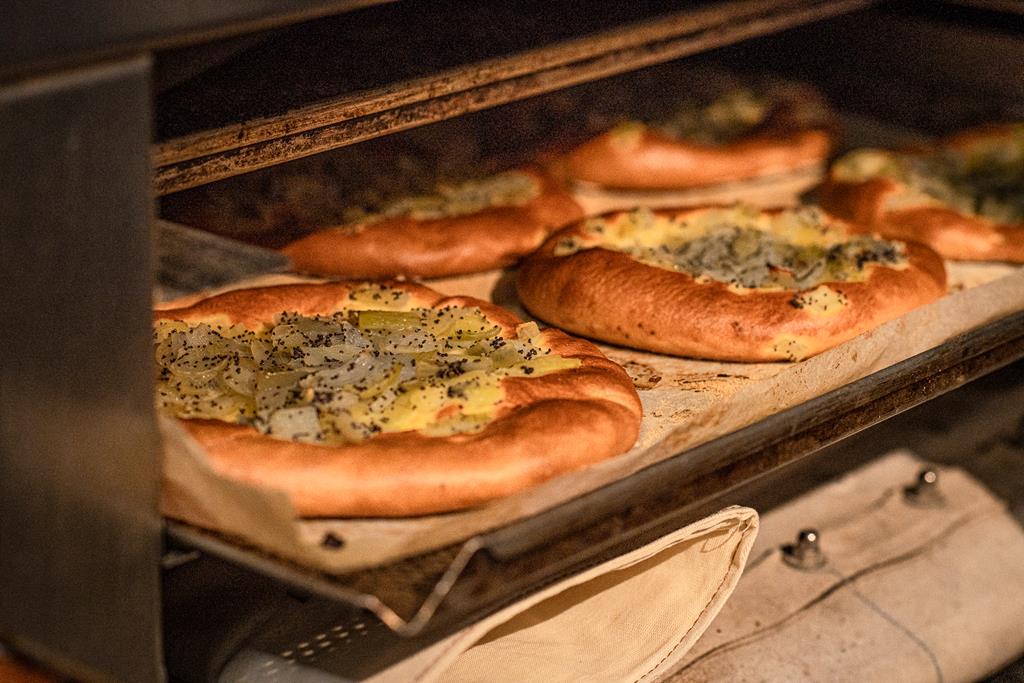
Cebularz lubelski
The most popular Lublin baking, which historians believe originates from a 19th-century Jewish tradition. The small number of ingredients (flour, water, poppy seeds, onion) contributes to the simplicity of this dish.
Lublin/Lubelszczyzna
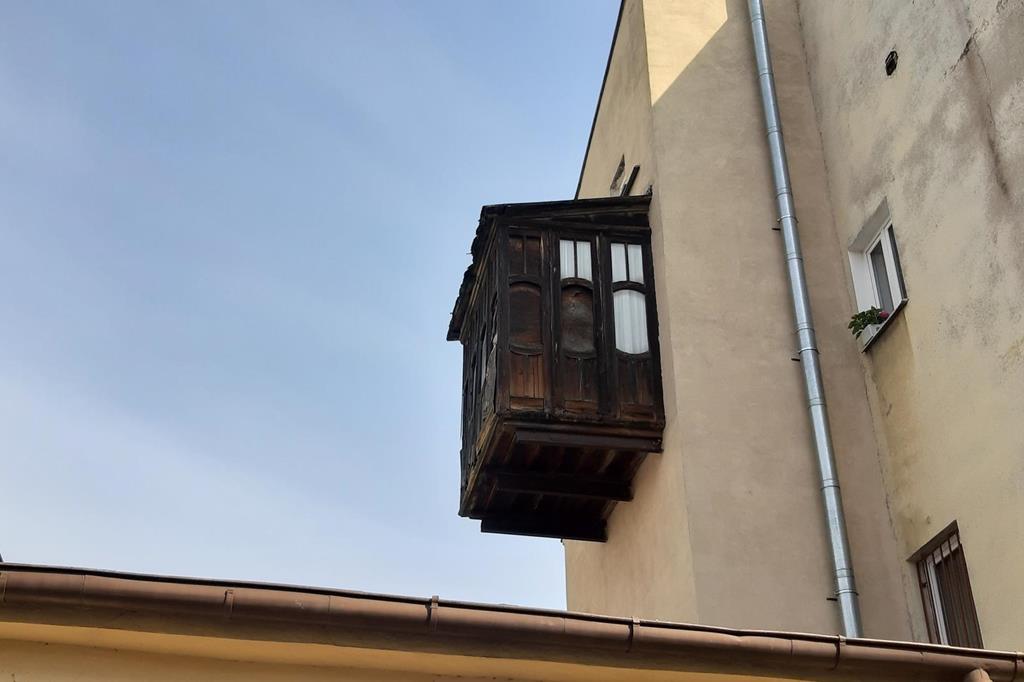
Sukkahs
Sukkahs were built in Jewish homes for the Sukkot holiday.
3 I Armii Wojska Polskiego St. | 4 Cicha St. |
13 Królewska St. | 26 Krakowskie Przedmieście St.
6 Niecała St. | 10 Olejna St. | 7 Podwale St.
12 Lubartowska St. | 39 Zamojska St. | 4 Zamojska St
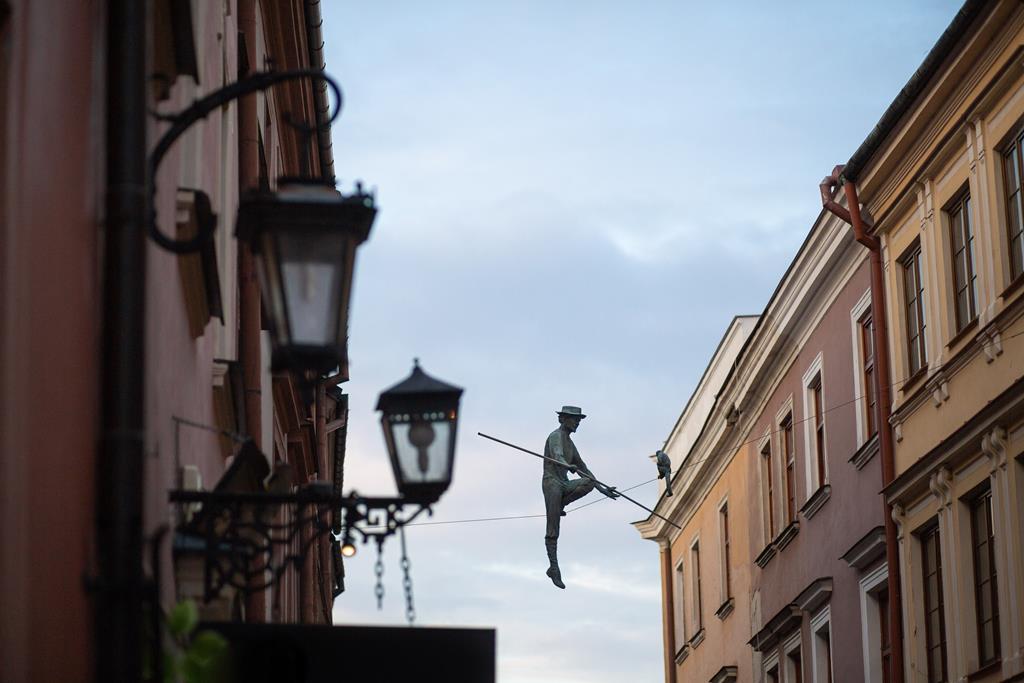
The Magician of Lublin
A sculpture by Jerzy Kędziora depictis Jasza Mazur – the title character of the book "The Magician of Lublin" by Isaac Beschewis Singer, a Nobel Prize winner of Jewish origin.
Grodzka St.
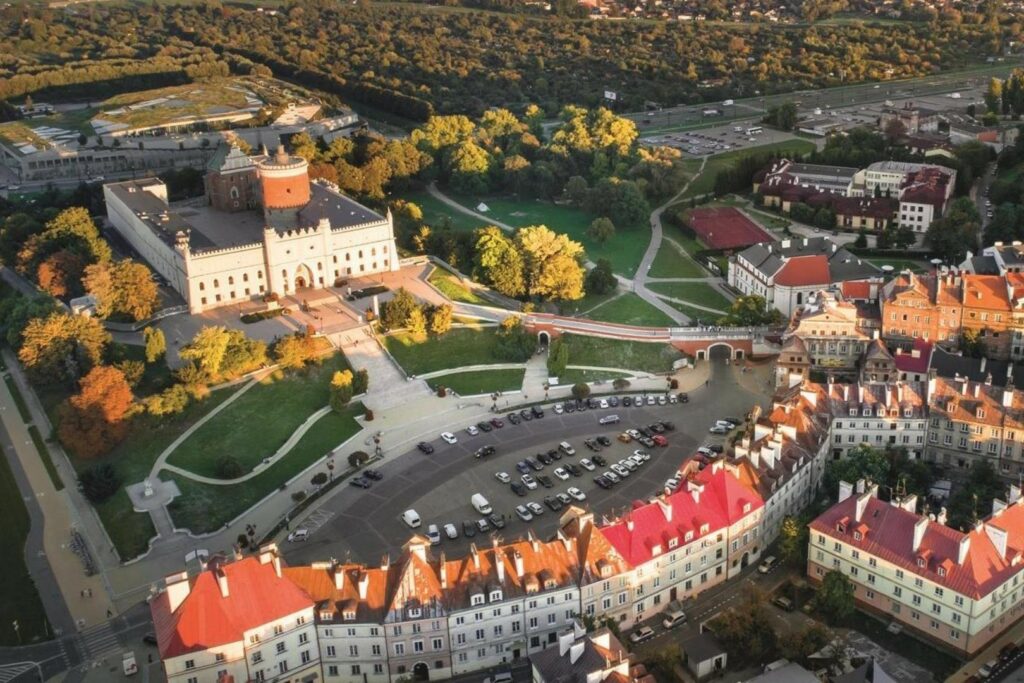
"The Eye of the Tzaddik"
The Seer of Lublin, a mystic and seer, claimed that Lublin was located on the "axis mundi," making it a centre of spiritual culture. For this reason, the present-day shape of Castle Square is called the "Eye of the Tzaddik."
Zamkowy Sq.
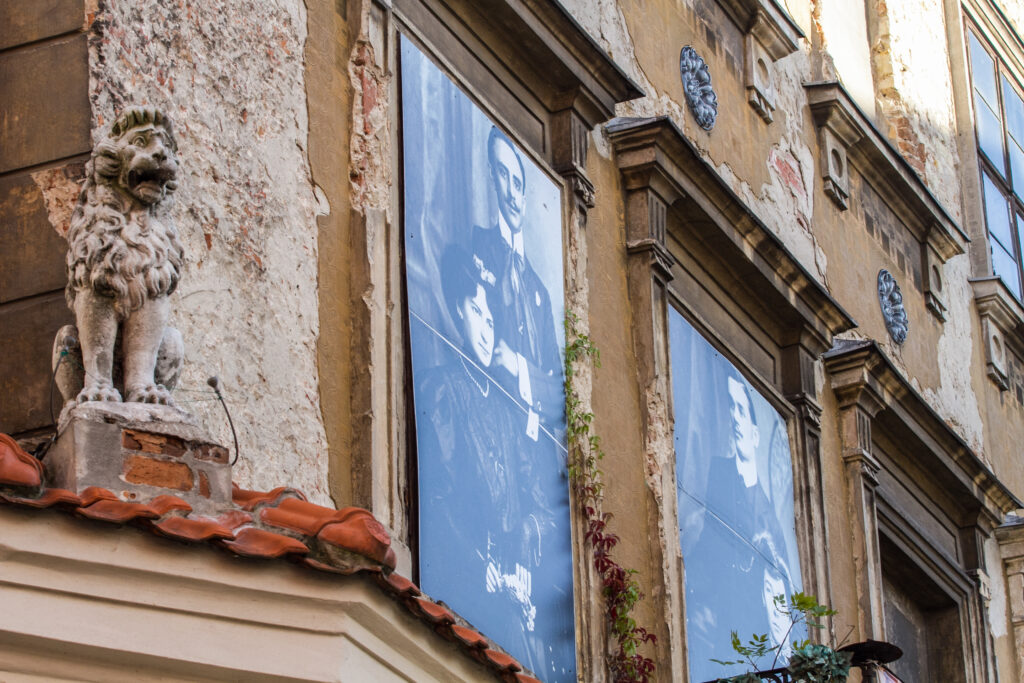
Windows of Inspiration
In the old windows of the Old Town tenement houses there are photographs. The negatives were found during the renovation of the attic of the building at 4 Rynek Sq. The photographs were most likely taken by a Jewish photographer and the vast majority depict members of the Jewish community.
the Old Town